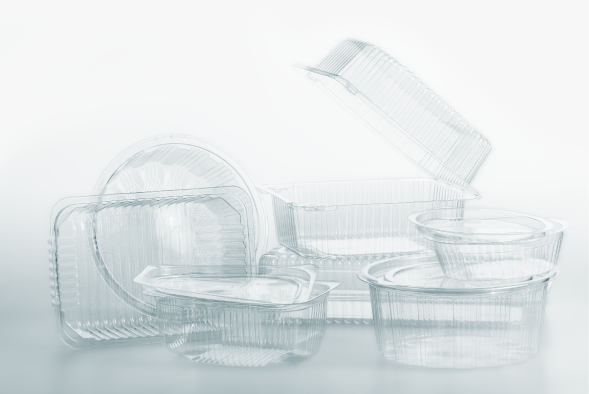“Packaging-free” stores are certainly nothing new; in fact, many farmers’ markets across the country have operated this way for decades. Though these types of stores typically only offer packaging-free options for dry goods, some have even begun offering up frozen foods for consumers to package themselves. Here’s what you should know about packaging-free foods.
Introduction to Packaging-Free Stores and Foods
By and large, the most well-known packaging-free stores are farmers’ markets that you can find in virtually every community around the world. Here, growers lay out their wares, and consumers bring their own bags – plastic, paper, or even reusable cloth – to fill with the goods of their choice. For many, many years, only dry goods like rice, beans, fruits, and vegetables were able to be purchased in this way. However, as more and more focus shifts to excessive packaging in the food industry, some companies have taken things a step further by introducing packaging-free frozen foods.
Field Fare – a UK-Based Company
Field Fare, a company in the United Kingdom, started giving its customers access to packaging-free frozen fruits and vegetables some 40 years ago. Due to the demand for “convenience” foods, their offerings have expanded a great deal. Now, patrons can buy just about everything they’d find in the supermarket from Field Fare – all without the packaging, and all pre-frozen. Their offerings include everything from croissants and other baked goods to onion rings, Belgian waffles, and even shrimp scampi, all of which are conveniently frozen and ready for consumers to cook.
To be fair, Field Fare does offer traditionally-packaged frozen meals and foods alongside its packaging-free options in order to serve a wider variety of consumers. Nonetheless, over the last four decades, consumers have continued to return to their establishment to obtain their loose frozen foods and do their part to reduce the amount of waste in landfills.
Should This be Commonplace in the US?
Though retailers may seem a bit wary of attempting to get their patrons to truly embrace packaging-free frozen foods, the truth is that it’s possible. The foods are associated with some packaging through the supply chain, of course; they are packed into large containers and protected with packaging until they reach the retailer. Then, in stores, retailers can place these goods in bins to keep them fresh and frozen, allowing customers to simply “scoop” the amount they want from the bin, place the food into their own containers, and pay accordingly.
This could be incredibly beneficial here in the US, particularly as demand continues to grow for foods in packages of various sizes. Consumers with larger families buy larger packages; those who have small families or cook for themselves buy very small packages. By introducing the “scoop” method and asking consumers to bring their own bags, it’s clear that the packaging-free revolution could both satisfy consumer demand and reduce waste in the food industry.
Cutting back on packaging, creating more environmentally-friendly packaging, and meeting the demands of consumers are some of the most common challenges food manufacturers and contract packaging companies face today. The packaging-free food revolution is not upon us just yet, but in time, it could turn out to be an excellent way to solve all of these challenges at once.

